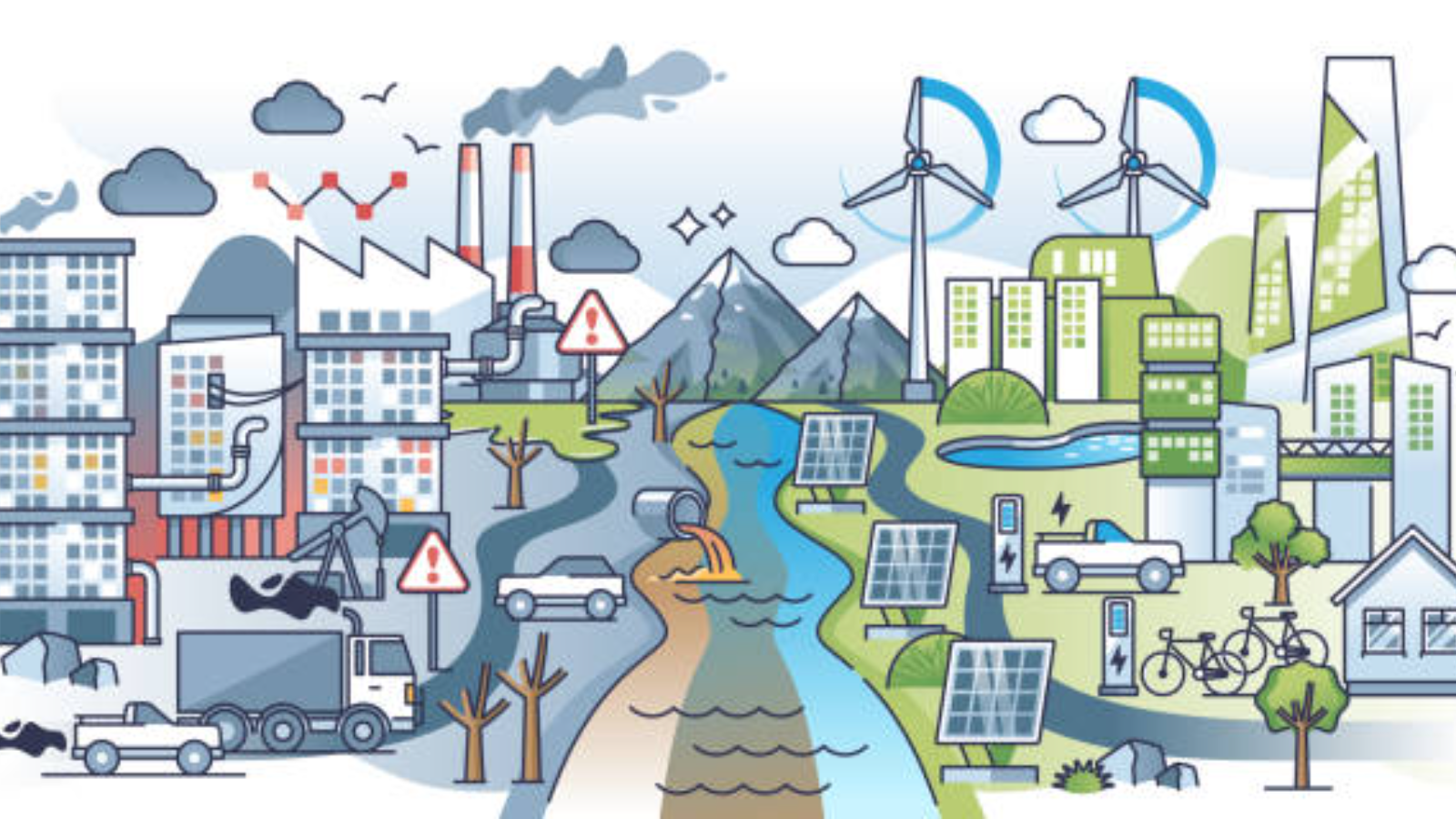In this Article
Introduction
As urban populations continue to grow, cities around the world are seeking innovative solutions to manage resources more efficiently and improve the quality of life for their residents. Enter the concept of the “smart city,” a term that has gained significant traction over the past decade. But how do smart cities differ from traditional cities?
Smart Cities Vs Normal Cities: Key Differences
By highlighting these key differences, we aim to clarify what sets smart cities apart from normal cities, helping readers grasp the benefits and challenges of this modern urban concept. Here are a few key differences:
1. Infrastructure and Connectivity
Smart Cities: Utilize advanced technologies like the Internet of Things (IoT), sensors, and high-speed internet to create interconnected urban systems. These technologies enable real-time data collection and analysis, which can be used to optimize traffic flow, reduce energy consumption, and improve public services.
Normal Cities: Typically rely on conventional infrastructure and manual processes. While some normal cities may have pockets of technological advancement, they often lack the comprehensive, integrated systems that characterize smart cities.
2. Sustainability and Resource Management
Smart Cities: Focus on sustainability by implementing smart grids, renewable energy sources, and efficient waste management systems. These cities aim to reduce their carbon footprint and promote a more sustainable way of living.
Normal Cities: May struggle with resource management due to outdated infrastructure and lack of real-time data. This can lead to inefficiencies and higher environmental impact.
3. Public Services and Citizen Engagement
Smart Cities: Offer enhanced public services through digital platforms that allow residents to access information and services with ease. For example, smart cities may have apps for public transportation, waste collection scheduling, and emergency services. Additionally, these cities often encourage citizen engagement through participatory governance platforms.
Normal Cities: Public services are often less efficient and may require residents to navigate bureaucratic processes. Citizen engagement is typically limited to traditional methods like town hall meetings and public forums.
4. Economic Opportunities and Innovation
Smart Cities: Attract businesses and startups by providing a conducive environment for innovation. The presence of cutting-edge technology and a skilled workforce can drive economic growth and create new job opportunities.
Normal Cities: May face challenges in attracting and retaining businesses due to outdated infrastructure and limited access to modern technology. This can impact economic growth and job creation. Additionally, these cities may struggle to provide the necessary support for startups and innovation-driven enterprises.
5. Safety and Security
Smart Cities: Implement advanced surveillance and monitoring systems to enhance safety and security. This includes the use of AI-driven analytics to predict and prevent crimes, ensuring a safer environment for residents.
Normal Cities: Often rely on traditional policing methods and may not have the technological infrastructure to support advanced security measures. This can lead to slower response times and less efficient crime prevention.
6. Transportation and Mobility
Smart Cities: Utilize intelligent transportation systems (ITS) to manage traffic flow, reduce congestion, and improve public transit services. Real-time data helps optimize routes and schedules, making commuting more efficient.
Normal Cities: Traffic management and public transportation systems may not be as efficient due to the lack of real-time data and advanced technologies. This can lead to longer commute times and higher levels of congestion.
7. Health and Well-being
Smart Cities: Implement smart healthcare solutions such as telemedicine, remote monitoring, and health data analytics. These technologies improve access to healthcare services and enhance the overall well-being of residents.
Normal Cities: Healthcare services may be less accessible and less efficient, with limited use of digital health technologies. This can result in longer wait times and reduced quality of care.
Conclusion
The shift from traditional cities to smart cities marks a profound change in urban management and living experiences. By harnessing technology and data, smart cities can create more efficient, sustainable, and livable environments for their residents. This transformation promises to enhance quality of life and optimize resource management. Smart cities are adept at responding to evolving urban needs, ensuring resilience, and fostering long-term growth. Furthermore, the integration of smart technologies stimulates innovation and economic development, making these cities attractive to businesses and skilled professionals. While the path to becoming a smart city may present challenges, the potential benefits justify the effort for any urban area aspiring to thrive in the 21st century.
How Can We Help?
At AlphaX, we specialize in providing comprehensive solutions to help cities to become smart cities. Our ecosystem offers a range of services, from IoT integration and data analytics to sustainable energy solutions and citizen engagement platforms. We work closely with city planners and local governments to ensure a seamless and effective transformation.
Ready to take the next step towards becoming a smart city? Contact Us.
References:
Related Blog Posts
How Smart Cities Connect: Getting Started with Edge AI and IoT Technology
How to Get Started with Edge AI and IoT Technologies in Smart Cities: Overcoming Integration Challenges In recent years, the concept of smart cities has evolved from a futuristic Read More
5 Step Strategy: Ensuring Security and Privacy in 15-Minute Smart Cities
Introduction Ensuring security and privacy in 15-minute smart cities is a critical challenge as urban areas become increasingly connected through IoT and edge AI technologies. These cities aim to Read More
What is a smart city and the challenge of legacy systems
How to Get Started with Integrating Legacy Systems in Smart Cities Smart cities are transforming urban landscapes by leveraging technology to improve the quality of life for residents. However, Read More




